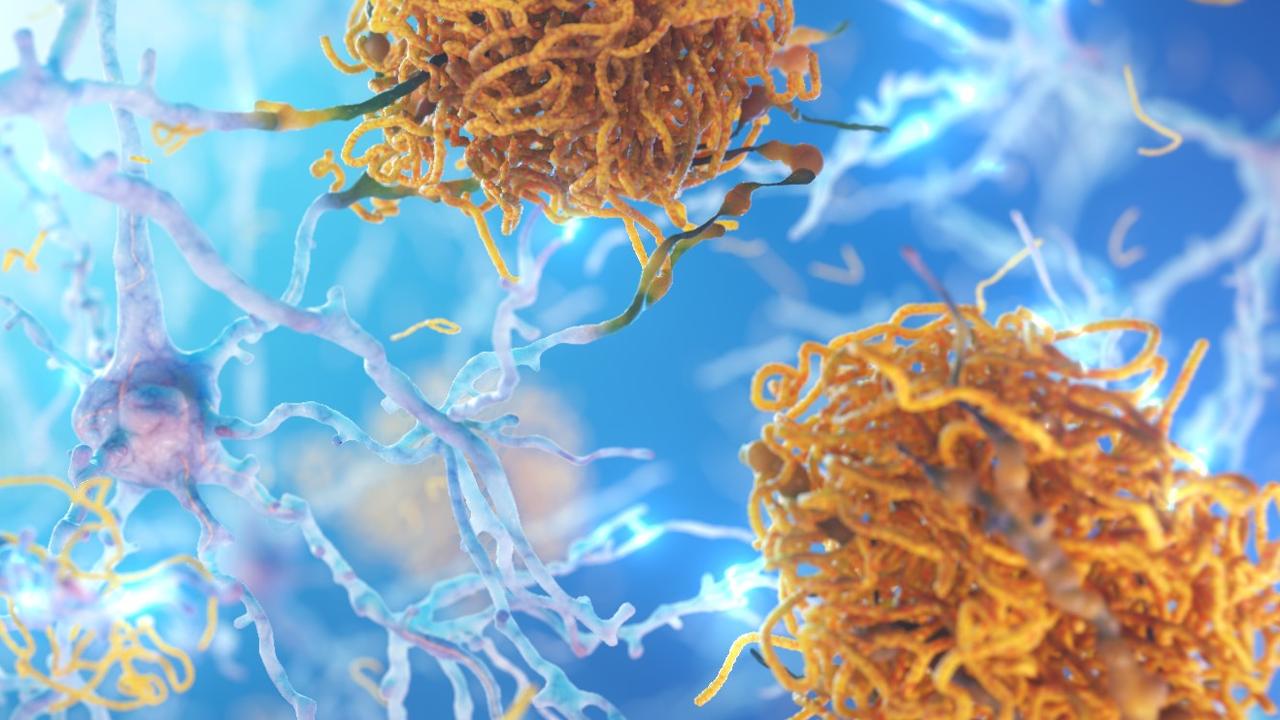‘Real Bodies: The Exhibition’, controversy about ‘disturbing’ origins of corpses
AN EXHIBITION featuring dead bodies opens in Sydney this week. But there are “grave concerns” of the origins of the bodies used.
EXCLUSIVE
THERE are “grave concerns” that many of the cadavers featured in “Real Bodies: The Exhibition” to open in Australia once belonged to Chinese political prisoners who were tortured and murdered.
The world-renowned exhibition features more than 20 bodies and over 200 anatomical specimens that have been perfectly preserved through plastination. The display will make its debut at Sydney’s Moore Park’s Byron Kennedy Hall on April 14.
Australasian Institute of Anatomical Sciences president Gavin Burland said the exhibition would give paying visitors a special insight into how human bodies function.
“The public will be able to explore and interact with these displays,” Mr Burland said.
“These (human) plastinates provide a unique view into the human body normally reserved to the medical field.”
But there are “grave concerns that the bodies were not freely and willingly donated”, according to Doctors Against Forced Organ Harvesting (DAFOH) spokeswoman Sophia Bryskine.
“The origins of these bodies have been questioned and believed to come from China — either death row prisoners, or as suspected by independent investigators, tortured prisoners of conscience,” she told news.com.au.
“Falun Gong practitioners have been singled out as the most likely victims.”

The bodies used in the exhibition, run by Imagine Exhibitions, were provided by Dalian Medical University Biology Plantation in China.
Dalian Medical University’s Professor of Anatomy, Hong Jin Sui, said the specimens were “originally received from the city morgue and then transferred to medical universities in China and ultimately were legally donated to the Dalian Hoffen Bio-technique Laboratory preservation, dissection and exhibition”.
“Dalian Hoffen Bio-technique only accepts specimens that have been legally donated, are free of infectious disease and certified to have died of natural causes,” Mr Sui said in a statement.
Imagine Exhibitions president and chief executive Tom Zaller told news.com.au that claims the exhibition used human cadavers originating from Chinese political prisoners who had died while incarcerated were “unfounded” and “offensive”. But he was unable to provide any evidence of their origins. He said the bodies were “absolutely from China” but said there was “no documentation” to prove their identities or show they had agreed in life to donate their corpses in death.
“These exhibitions have been viewed by 50 million people around the world,” he said.
‘They’re inspected by health departments in countless countries.
“There’s no foul play.”
Former prosecutor and Canadian secretary of state for Asia-Pacific David Kilgour was one of three researchers who produced the 2016 report “Bloody Harvest / The Slaughter” about organ harvesting in China.
Mr Kilgour told news.com.au that he and the other two researchers — human rights lawyer David Matas and US investigative reporter Ethan Gutmann — “worried greatly that none of what is claimed for the exhibits is correct”.
“Not a word is believable based on our research,” he said.
“The exhibit is intended to separate naive customers from their entry fees.”
In an updated section of the report about the Dalian Plastination Body Plant, the researchers highlighted major discrepancies in the number of corpses provided to science and the figures for body donations in China. The report also alleged that Mr Hongjin’s “main source of earnings” came from the sale of corpses.
“Trafficking in human cadavers has become a business. Plastinated specimens are publicly priced and traded,” an update in the report read.
“The Government of China calls for bids on such trades.”
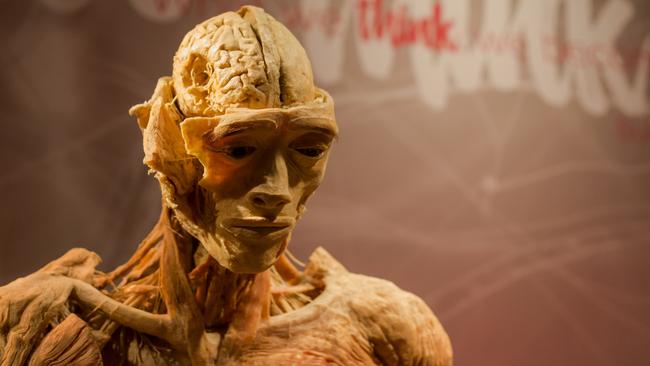
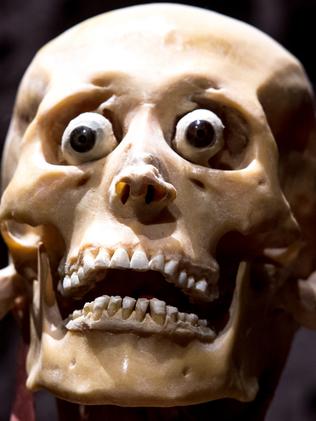
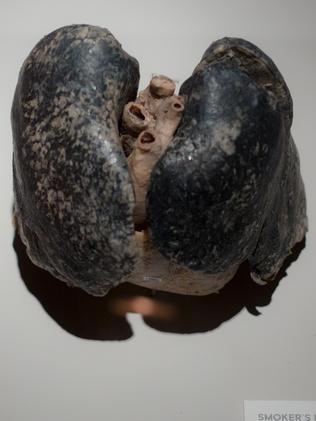
A college student in northeastern China also questioned the origins of bodies alleged to have been donated in a letter to Minghui.org.
“Our tiny, amateurish medical college in Changchun somehow has more bodies and organ
specimens than Waseda University in Tokyo,” the student wrote.
“How is it possible that we have accumulated so many corpses and organ specimens in recent years after the Cultural Revolution?
“I asked the teacher whether these bodies were donated, but the teacher told me not to ask. “Later I discovered that in the suburb and district of Changchun there is a corpse processing plant.
“Today in China, do we really have so many cadavers from voluntary donors, so many that we need corpse plants?”
In just 8 days you will be able to dig deeper into the beauty of the body, mind and soul across 10 galleries .... come and immerse yourself! From 14 April - Book Now 👉 https://t.co/e9y3BDn13Z pic.twitter.com/n4B8IrCVnn
— Real Bodies The Exhibition (@RealBodiesAU) April 6, 2018
CHINA’S POLITICAL PRISONERS
Thousands of people have allegedly been incarcerated in some of China’s worst jails, labour camps and detention centres for practising Falun Gong and refusing to give up their spiritual beliefs.
By the 1990s Falun Gong had become so popular it was estimated to have 100 million members, outnumbering the country’s ruling Communist Party and prompting former Chinese leader Jiang Zemin to ban the practice in 1999.
READ: Extreme torture inside China’s correctional facilities
READ: China’s secret brainwashing centres
READ: The reality of human organ harvesting in China
DAFOH Australia spokeswoman Sophia Bryskine said the persecution of Falun Gong practitioners was still extensive with many being locked up “with no legal proceedings”.
“In our recent research and communications we have focused predominantly on prisoners of conscience as the scale of abuse remains vast,” she told news.com.au.
Dr Bryskine said China was committing human rights atrocities on a mass, state-sanctioned level and that Australia, along with the other nations, needed to immediately act and condemn it. The claims have been around for years but have not been independently verified, in part because China’s opaque legal system makes such inquiries virtually impossible.
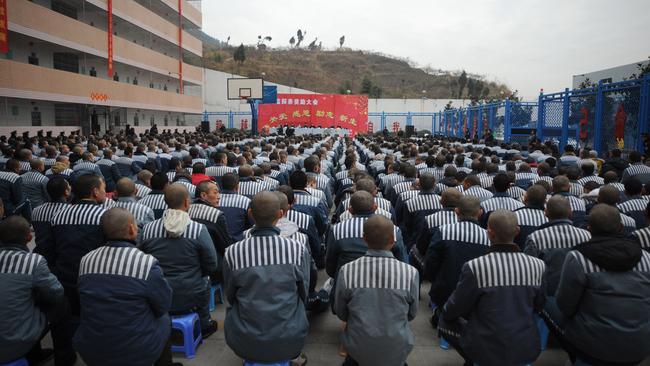
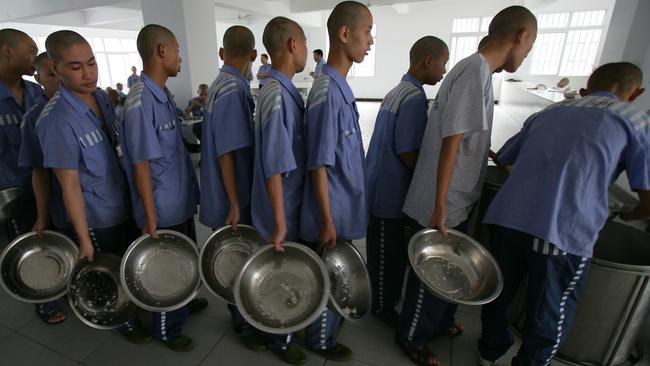
Since the Chinese government outlawed Falun Gong, it has detained thousands — most likely hundreds of thousands — of practitioners, according to a 2008 report by the Congressional Commission on China.
“One hundred and twenty two Chinese government websites regularly report detentions of Falun Gong ‘criminal suspects’ and some provincial and local authorities offer rewards as high as 5000 yuan ($US732) to informants who report Falun Gong ‘escaped criminals’,” the report read.
In 2006 the United Nations’ Special Rapporteur on Torture, Manfred Novak, concluded that 66 per cent of all prisoners in China were Falun Gong practitioners.
A 2014 report by Human Rights Watch into police torture and ill treatment of suspects revealed that while China introduced laws to curb violence towards detainees, torture was still routine in Chinese jails, with police flouting regulations and courts ignoring rules designed to exclude evidence and confessions obtained by mistreatment.
In December 2015, the United Nations Committee Against Torture gave Beijing one year to report back on progress made in implementing key areas of the UN Convention against Torture.
“The Committee remains seriously concerned over consistent reports indicating that the practice of torture and ill-treatment is still deeply entrenched in the criminal justice system, which overly relies on confessions as the basis for convictions,” the committee said.
At the two-day hearing to review China’s record on torture, held for the first time since 2008, China denied it held political prisoners and said torture was banned, to derision from dissidents.
According to witness accounts, it’s those persecuted for their beliefs who are the main targets of the most brutal torture, abuse and killings in China’s correctional facilities.
Some of those who escaped persecution and resettled in Australia after being granted refugee status in 2016 shared their shocking stories with news.com.au in a bid to expose the scale and severity of the human rights abuses in China and help bring them to an end.
megan.palin@news.com.au | @Megan_Palin




